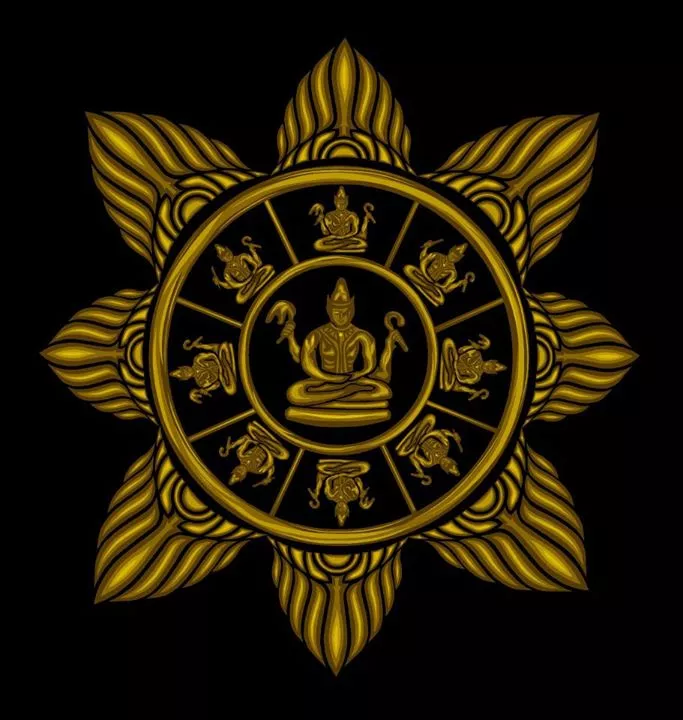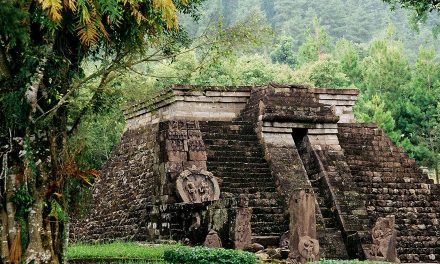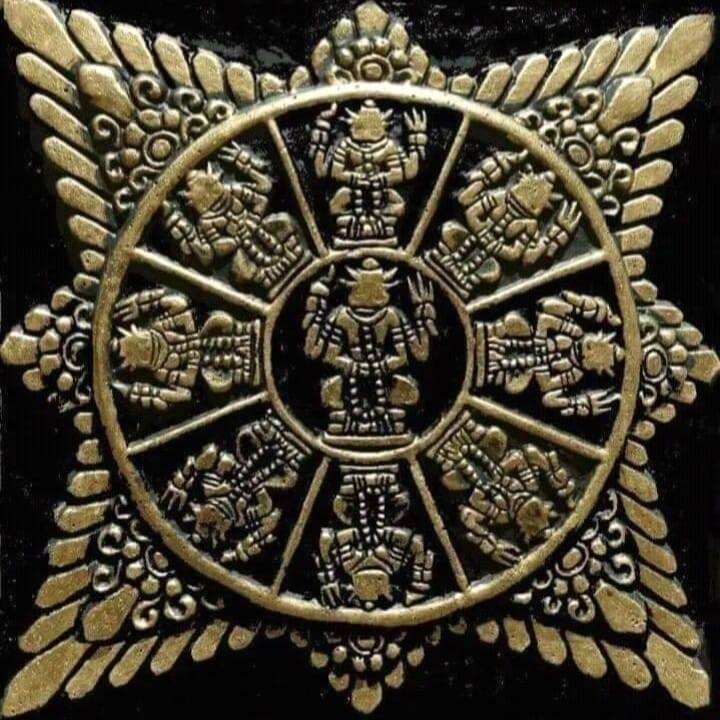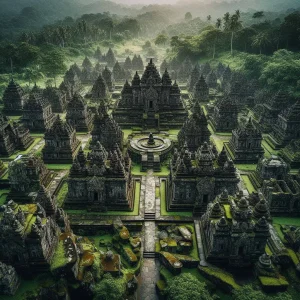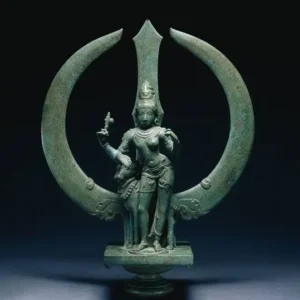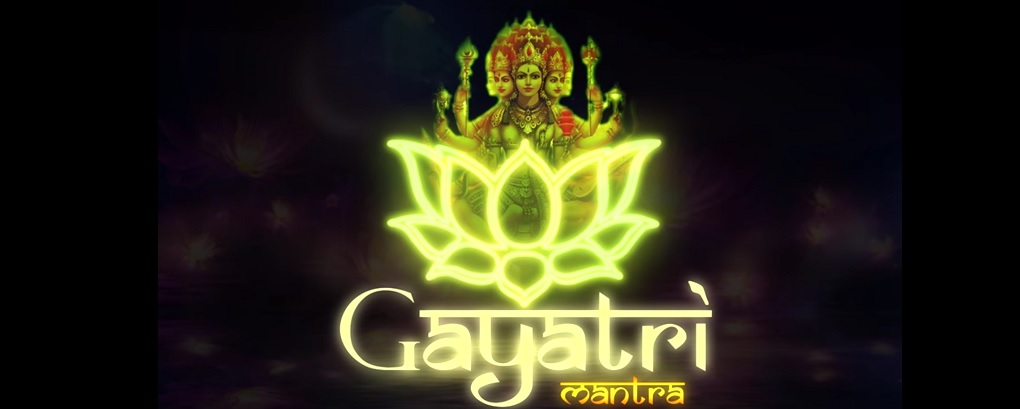
The Gāyatrī mantra (also called Sāvitrī mantra), is a mantra from the Rig Veda (Mandala 3.62.10) which was revealed to Rishi Vishwamitra. It is also known as the Mahāvyāhrti (“great mystical utterance”).
The mantra and the deity that forms it are said to be identical. Thus name of the deity of the mantra is also called Gāyatrī. Gāyatrī mantra is not just a means of worship but is an object of worship by itself. ‘Savitri’ can be interpreted as both the Sun worship and the Mother Goddess.
The hymn starts with the famous ”Oṃ (ॐ) bhūr bhuvaḥ svaḥ” (भूर् भुवः स्वः). Bhur, Bhuvah and Svaha are the names of the 3 worlds.
In meditation, Bhur, Bhuvah, Svaha are interpreted as the 3 depths of meditation: Conscious, Semi-Conscious and Unconscious.
Tri Sandhya
The Tri Sandhya are the three moments of the day when this mantra should be emitted, and meditated upon. The sandhya are the transition moments of the day – dawn (prātaḥsaṃdhyā), noon (mādhyāhnika) and dusk (sāyaṃsaṃdhyā).
The saying of the mantra during the Tri Sandhya is one of the nine steps of a very ancient Vedic ritual called Sandhyāvandana, which literally means “salutation to Sandhya”.
Javanese version
Balinese version
Indian version
Silently saying the Gāyatrī mantra influences the physical body and clears the emotional body. To chant the mantra purifies the chanter. To listen to the Gayatri Mantra purifies the listener.
Meaning of the Gayatri mantra
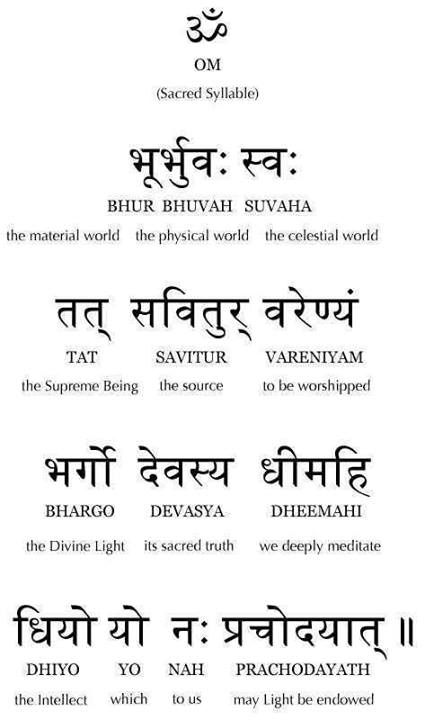
ॐ भूर्भुवः स्वः ।
तत्स॑वि॒तुर्वरेण्यं॒
भर्गो॑ दे॒वस्य॑धीमहि ।
धियो॒ यो नः॑ प्रचो॒दया॑त् ॥
oṃ bhūrbhuvaḥ svaḥ
tatsaviturvareṇyaṃ
bhargodevasya dhīmahi
dhiyo yo naḥ pracodayāt
– Rigveda 3.62.10
Translation of the Gayatri Mantra:
“We meditate upon the spiritual effulgence of that adorable supreme divine reality.
Who is the source of the physical, the astral and the heavenly spheres of existence.
May that supreme divine being enlighten our intellect, so that we may realize the supreme truth.”
